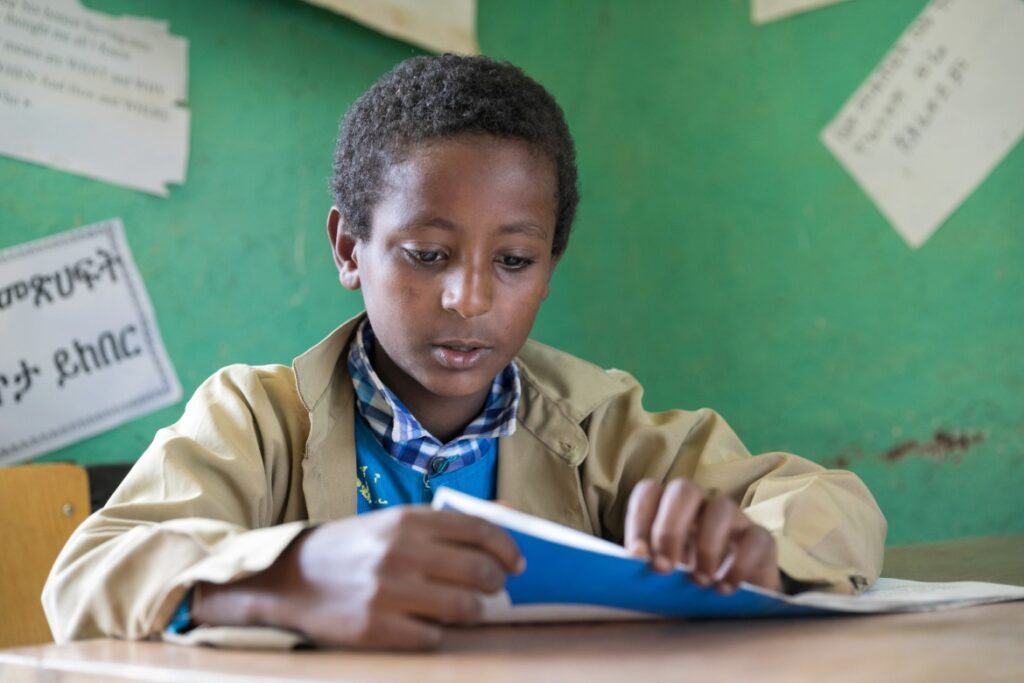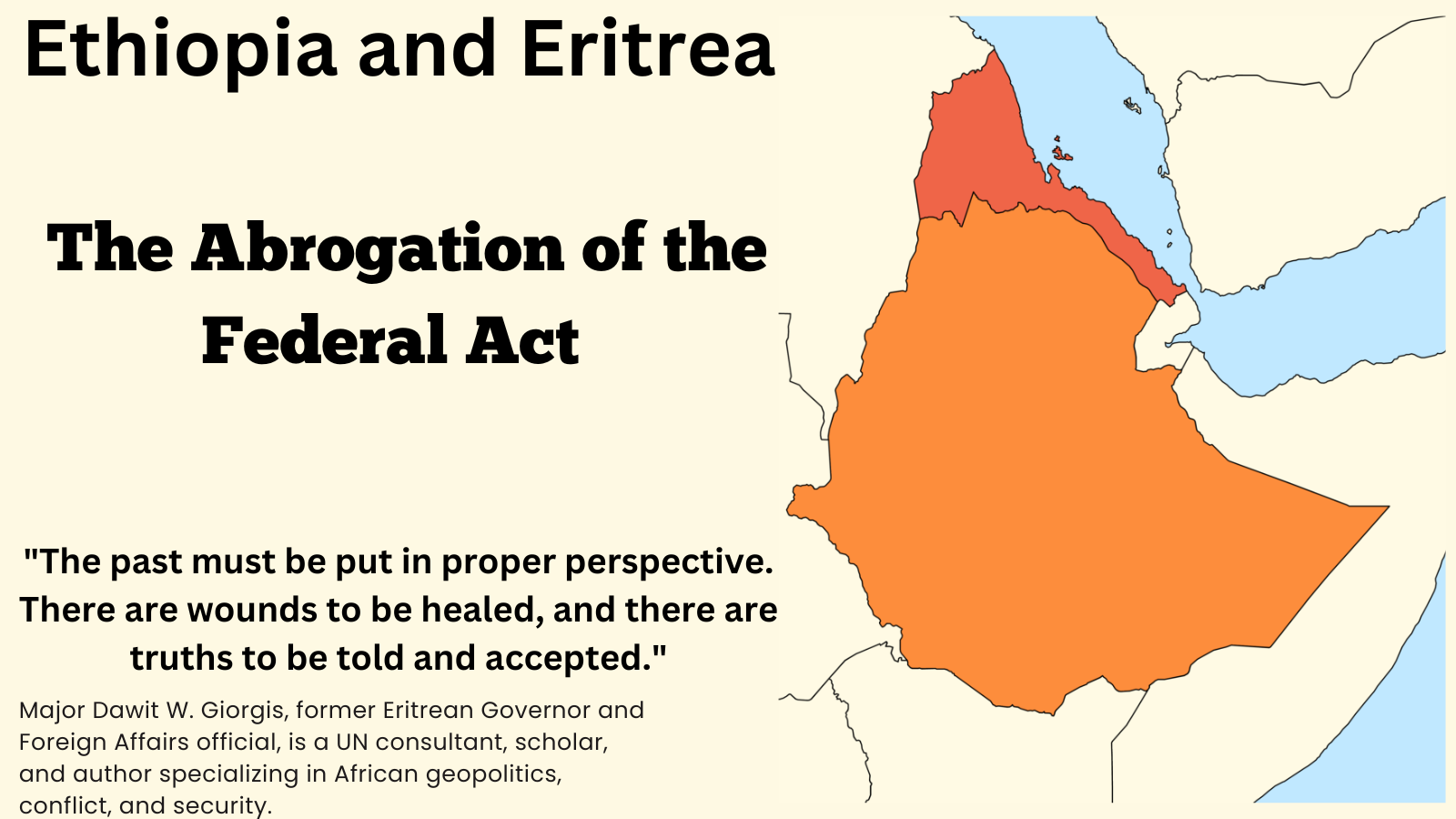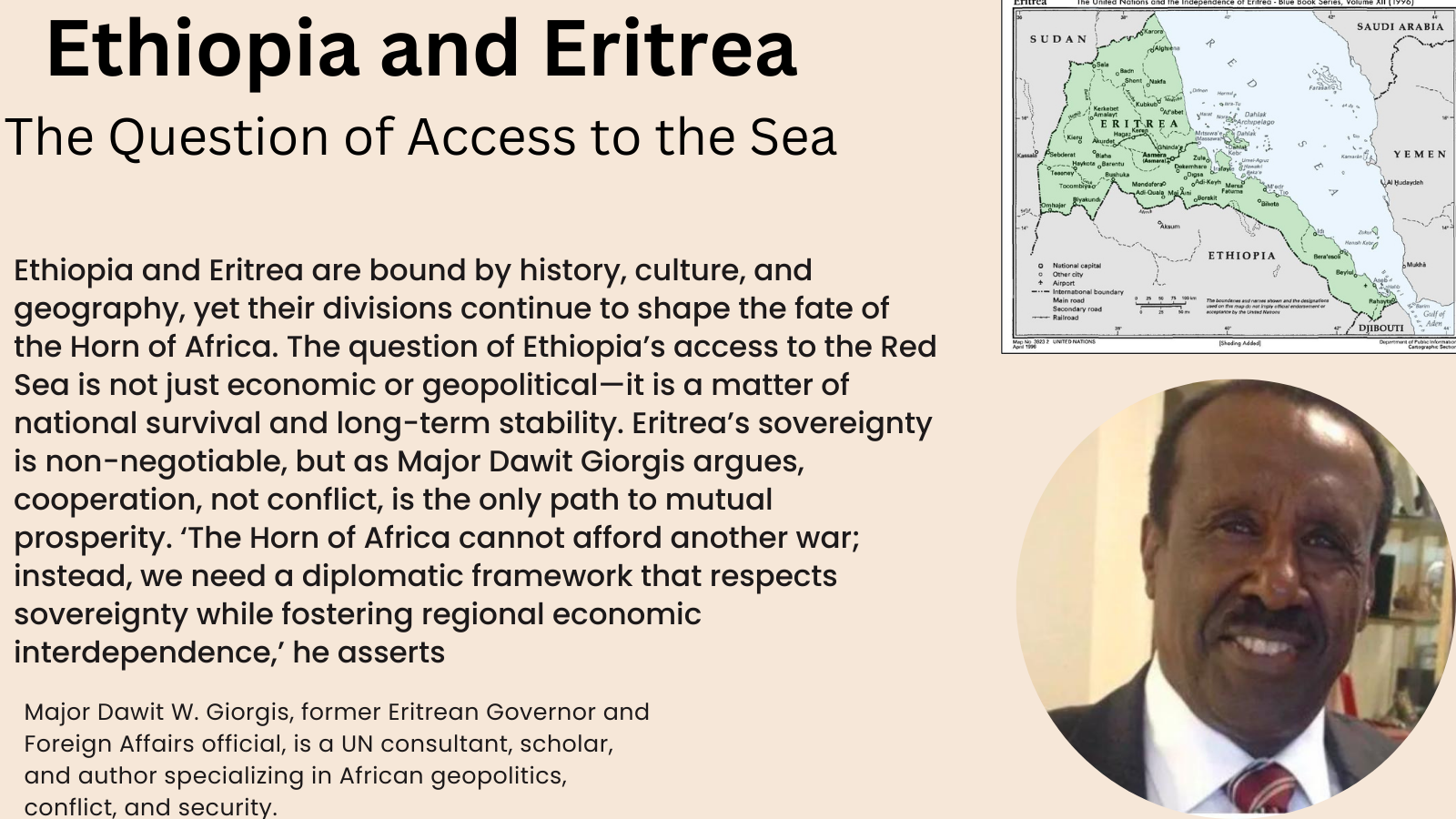Ethiopia’s Education System in Crisis: Conflict, Climate Shocks, and Systemic Failures Leave Millions of Children Without Access to Learning

Ethiopia’s education system is on the brink of collapse as conflict, displacement, and systemic failures leave millions of children without access to education. The crisis is most acutely felt in conflict-ridden regions like Amhara and Oromia, where prolonged fighting has shuttered thousands of schools, driving students away from classrooms and casting a long shadow over the future of the country’s youth.
According to recent data from the Ethiopian Ministry of Education, out of the 674,823 students who took the national Grade 12 exam, only 5.4 percent scored above 50 percent
Devastating Impact of Conflict on Education According to recent data from the Ethiopian Ministry of Education, out of the 674,823 students who took the national Grade 12 exam, only 5.4 percent scored above 50 percent. This staggering figure underscores the monumental challenges the education system faces. In the Social Science stream, only 2 percent of the 353,287 students passed the exam, while 1,363 schools reported zero passing students.
The crisis is particularly severe in the Amhara region, where over 4.1 million children have been out of school for two consecutive years due to the ongoing war. The region is home to over 670,000 internally displaced persons (IDPs), and the conflict, which erupted in August 2023, has disrupted education in unprecedented ways. More than 4,178 schools have been closed, some of which have reportedly been repurposed as military camps.

Credit: GPE/Kelley Lynch
The situation has deteriorated to such an extent that even attempts to provide emergency educational support—such as school feeding programs—fall woefully short of meeting the needs of the displaced and out-of-school population. The Ethiopian government, under Prime Minister Abiy Ahmed, declared war in the Amhara region last year to disarm Fano forces. The subsequent fighting has displaced thousands, destroyed critical infrastructure, and brought the region’s education system to a standstill.
Schools are closed, and children have been displaced as the government fights against local insurgencies, leaving an entire generation without access to learning. Systemic Collapse and Alarming Trends in Student Performance The fallout from these conflicts is reflected in the broader performance of the education system. The Ministry of Education revealed that of the 29,736 students who took the online exam for the first time, only a fraction passed.
Moreover, the worst-performing regions saw entire schools where not a single student passed the national exams, raising serious concerns about the quality of education and access to adequate learning materials. In recent years, the Ethiopian government has made efforts to reform the education system, introducing the administration of national exams in public universities to curb cheating. While this has been successful in reducing exam malpractice, the underlying issues—ranging from resource shortages to conflict-induced displacement—have worsened.
According to Minister of Education Berhanu Nega, while some regions, such as Addis Ababa, Harari, and parts of Oromia, performed marginally better, the overall results point to a systemic collapse. In a country where education is seen as a critical pathway out of poverty, the inability of the system to provide quality education to millions of children threatens long-term socio-economic stability.
UNICEF recently highlighted that education remains one of the most underfunded sectors in Ethiopia, even as the country faces a confluence of crises. The Humanitarian Fallout: Conflict, Climate Shocks, and Food Insecurity Ethiopia’s educational crisis cannot be understood in isolation from the broader humanitarian disaster gripping the country. Conflict, climate change, and internal displacement have created an environment where basic services—including education, healthcare, and access to clean water—are severely compromised.
According to a recent ReliefWeb report, Ethiopia is grappling with the aftermath of multiple shocks, including the worst drought in 40 years, widespread flooding, and landslides. The country has experienced severe food insecurity, with 15.8 million people in need of food assistance. These crises have disproportionately affected the regions of Afar, Oromia, Amhara, and Tigray, where communities already devastated by years of conflict have little to no capacity to cope. In the Amhara region alone, where conflict has been most intense, more than 4.1 million children are out of school, and educational infrastructure is severely damaged.

The United Nations estimates that 17 million children across Ethiopia are out of school due to the insecurity that has gripped much of the country. Another 5.5 million are at risk of dropping out. The humanitarian response has been sluggish, with limited funding available to restore services or rebuild schools. The UN Office for the Coordination of Humanitarian Affairs (UNOCHA) has warned that the combination of conflict, extreme weather, and displacement is creating long-term developmental setbacks that could take decades to overcome.
The United Nations estimates that 17 million children across Ethiopia are out of school due to the insecurity that has gripped much of the country. Another 5.5 million are at risk of dropping out. The humanitarian response has been sluggish, with limited funding available to restore services or rebuild schools.
The crisis is exacerbated by the lack of resources and declining international aid, leaving millions of children without access to the education they need to rebuild their futures. Climate Shocks Compound the Crisis In addition to conflict, Ethiopia’s education system is being crippled by the effects of climate change. The country is experiencing prolonged droughts, particularly in the southern and eastern regions, which have devastated agricultural livelihoods and forced families to migrate in search of water and food. Flooding has also displaced tens of thousands in regions like Somali and Afar, further straining Ethiopia’s already fragile infrastructure.

In its latest report, ReliefWeb emphasized the cascade of climate-related disasters that have eroded communities’ resilience. The 2020–2023 drought, the worst in 40 years, has left millions without access to food, while flooding and landslides continue to displace thousands more. These disasters have had a particularly acute impact on rural communities, where children are most likely to drop out of school as families are forced to prioritize survival over education.
World Bank‘s Efforts Fall Short Despite some progress through initiatives like the World Bank’s General Education Quality Improvement Program for Equity (GEQIP-E), which has reached 24 million students and trained over 100,000 teachers, the scale of Ethiopia’s education crisis far exceeds the capacity of such programs to mitigate it. The World Bank’s support has improved pre-primary education enrollment and established Inclusive Education Resource Centers (IERCs) for children with special needs, but these efforts pale in comparison to the overwhelming need.
The recent World Bank report on Ethiopia highlighted that GEQIP-E has been critical in maintaining educational services during emergencies, including the COVID-19 pandemic and ongoing conflicts. However, with over 4 million children out of school in the Amhara region alone, the broader impact of these initiatives remains limited. A Generation at Risk As the conflict in Amhara and Oromia rages on, and as climate shocks continue to ravage the country, Ethiopia faces the grim reality of an entire generation losing access to education.
With 1.5 million children in Amhara in desperate need of school feeding programs and another 1.7 million lacking basic scholastic materials, the future looks bleak for Ethiopia’s youth. International organizations, including UNICEF, UNOCHA, and the World Bank, continue to sound the alarm, but without substantial international funding and a concerted effort to restore peace and stability in the conflict-affected regions, Ethiopia’s education system is likely to continue its downward spiral.
The country’s humanitarian response plan for 2024 indicates that 21.4 million people are in need of assistance, but as the education sector deteriorates, the broader implications for Ethiopia’s social and economic future are stark.
The country’s humanitarian response plan for 2024 indicates that 21.4 million people are in need of assistance, but as the education sector deteriorates, the broader implications for Ethiopia’s social and economic future are stark. If urgent action is not taken to secure funding, restore schools, and ensure the safety of students, the dreams and potential of millions of Ethiopian children will be lost to the country’s ongoing crises.




